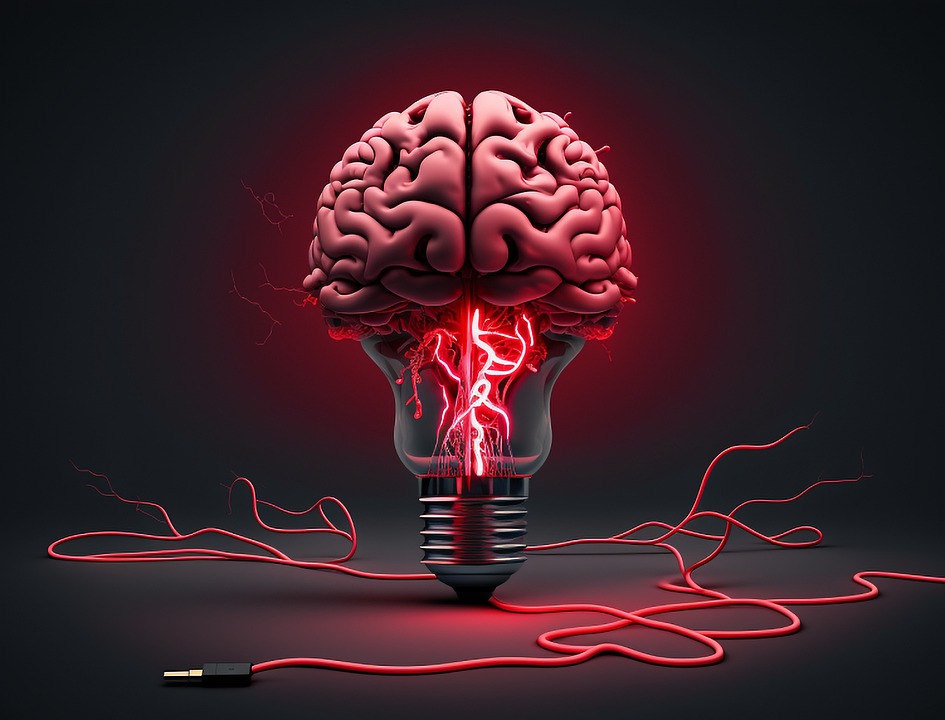The Brain’s Self-Cannibalistic Secret: Unveiling the Surprising Mechanism of Phagocytosis
Our brains are incredible organs, capable of controlling every aspect of our body functions, from movement to memory to emotions. However, beneath its intricate network of neurons and connections lies a fascinating phenomenon that has left scientists curious for decades: self-cannibalism in the brain. In this article, we’ll delve into the mysterious process of phagocytosis, a mechanism where brain cells consume their own constituents to maintain their health.
What is Phagocytosis?
Phagocytosis, coined from the Greek words "phagein" (to eat) and "cyte" (cell), is the process by which cells engulf and digest cellular components or foreign particles. In the context of the brain, this means that brain cells (glial cells) consume neurons, astrocytes, or other cellular debris to maintain homeostasis. This seemingly contradictory process allows for the recycling of cellular components, helping to maintain the brain’s structural integrity.
The Surprising Mechanism
Studies have shown that during periods of stress, injury, or neural development, glial cells undergo rapid phagocytic activity, removing damaged or redundant neurons and recycling their components. This process is crucial for the brain’s ability to adapt and recover. Scientists have discovered that phagocytic cells in the brain, such as microglia and astrocytes, are equipped with specialized receptors and signaling pathways that allow them to recognize and ingest target cells.
The Functions of Phagocytosis
The primary functions of phagocytosis in the brain are:
- Waste management: Phagocytosis helps eliminate damaged or dysfunctional neurons, preventing their accumulation and promoting the maintenance of brain function.
- Cell renewal: By recycling cellular components, phagocytosis supports the development and repair of new neurons and glial cells.
- Immune surveillance: Microglia, a type of phagocytic cell, play a crucial role in surveilling the brain for pathogens and abnormal cellular activity.
Image: An electron micrograph of a microglia (blue) engulfing a dead neuron (green) in a mouse brain.
FAQs:
Q: Is self-cannibalism unique to the brain?
A: No, phagocytosis is a common process in many tissues, including the spleen, liver, and lymphoid organs.
Q: How do glial cells recognize and engulf target cells?
A: Glial cells use specific receptors and signaling pathways to recognize and target cells for phagocytosis.
Q: What are the potential implications of disrupted phagocytic activity?
A: Impaired phagocytosis has been linked to various neurodegenerative diseases, including Alzheimer’s, Parkinson’s, and multiple sclerosis.
Q: Can we manipulate phagocytosis to treat neurological disorders?
A: Researchers are exploring ways to enhance or stimulate phagocytic activity in order to promote neural recovery and repair in various brain disorders.
In conclusion, self-cannibalism in the brain, or phagocytosis, is a fascinating and essential process that enables the brain to maintain its structural and functional integrity. By understanding the mechanisms behind this unique phenomenon, scientists can unlock new avenues for developing treatments for neurological disorders and promote optimal brain health.


